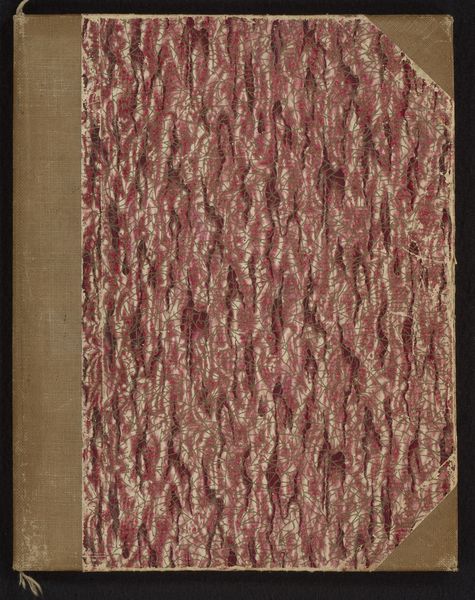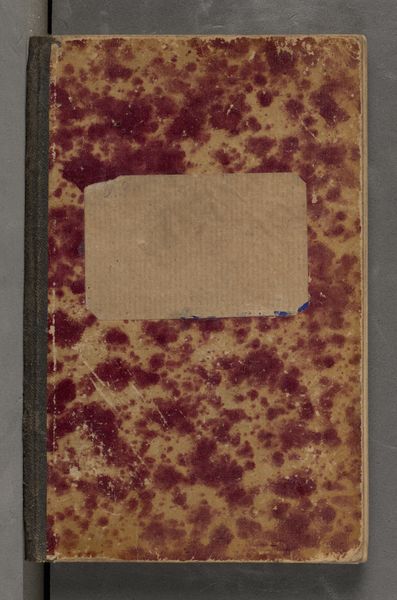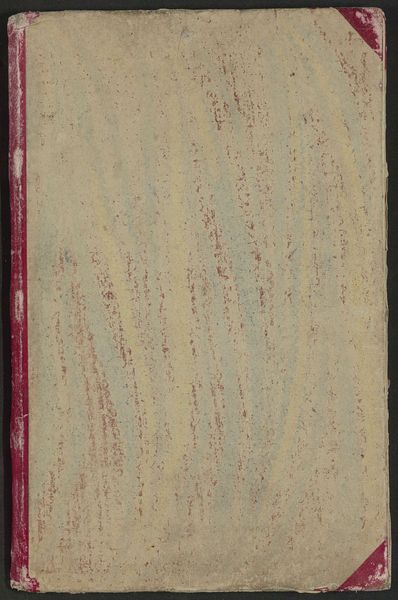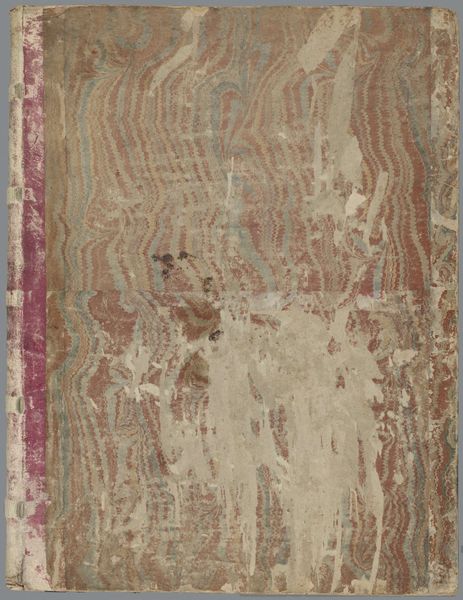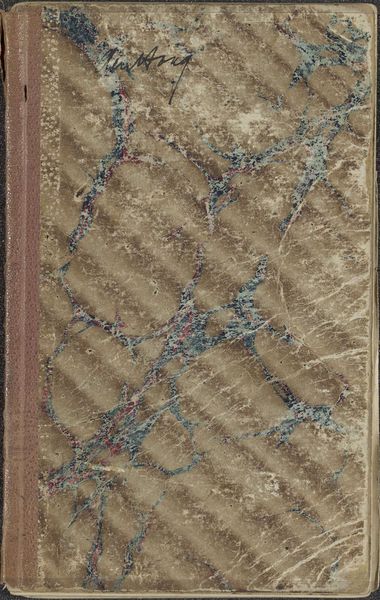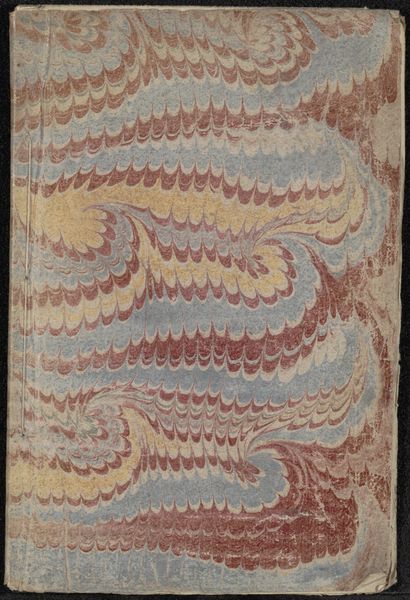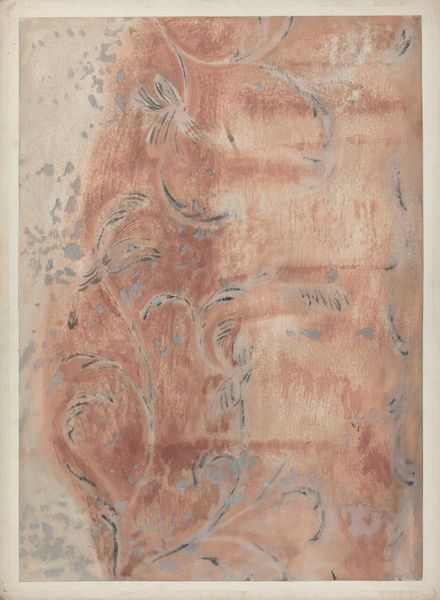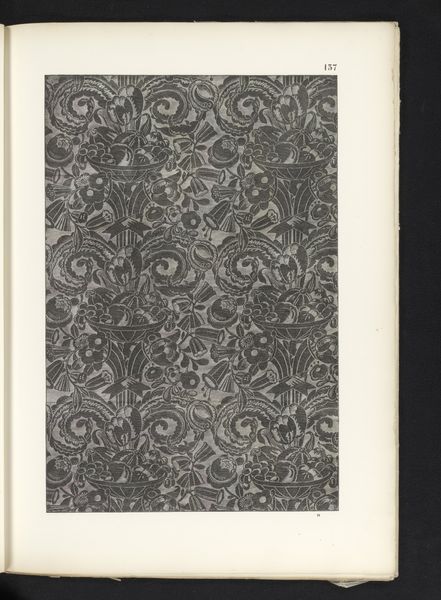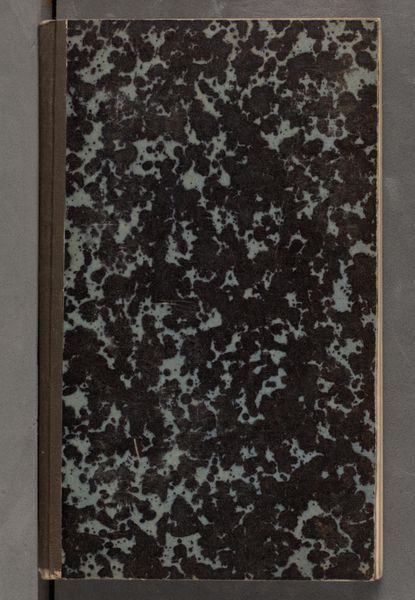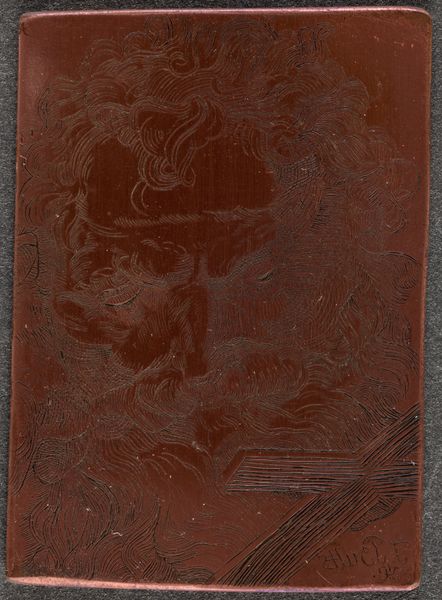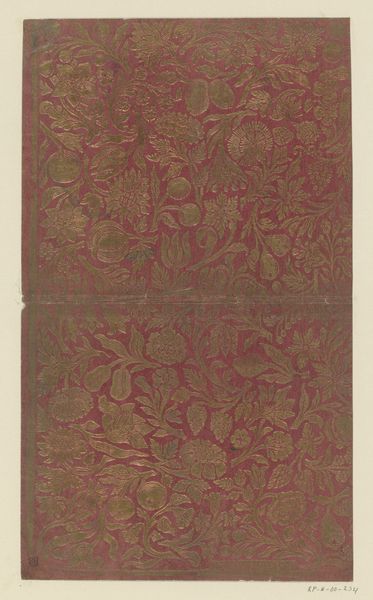
Collection of Sixteen Original Etchings c. late 18th century
0:00
0:00
graphic-art, print, etching, textile, paper
#
graphic-art
# print
#
etching
#
textile
#
paper
#
decorative-art
Dimensions: book: 29.21 × 23.34 × 0.95 cm (11 1/2 × 9 3/16 × 3/8 in.)
Copyright: National Gallery of Art: CC0 1.0
Editor: Here we have Alexander Runciman’s "Collection of Sixteen Original Etchings," dating back to the late 18th century. The cover is really striking; it's a mesmerizing pattern almost like marbled paper combined with a starker dark-brown binding. What social or artistic purpose might this collection have served? Curator: Well, we have to remember that the late 18th century saw the rise of a newly literate middle class, hungry for accessible culture. Etchings, being relatively inexpensive to produce compared to paintings, democratized art. Publishers selling collections such as this allowed access for a growing audience outside the traditional elite to experience the graphic work of Runciman. Does this marbled effect on the book itself give you any thoughts? Editor: It does make me think of status. Was owning such a collection meant to signal education and good taste? Like having a well-stocked bookshelf, but specifically art? Curator: Precisely! Think of the salon culture of the period. Possessing and displaying such a collection facilitated social interactions and allowed participation in broader intellectual trends, providing opportunities to show refinement through understanding and owning art. Now what political and institutional factors do you think played into who saw, bought, and sold artwork? Editor: That's a good question, maybe the rising merchant class saw the value in cultivating culture, especially as they started to hold positions of power in emerging governmental and academic institutions. Curator: Exactly, these institutions became very keen on using such a method to promote their images and social control. Looking at the image, can you describe how such designs influence politics? Editor: Hmm, while it is not blatant, in my view the binding looks as though the cover attempts to subtly portray its patron or even its original owner in a certain refined, intellectual light. Sort of a form of subtle messaging, no? Curator: Right you are! Editor: That’s really interesting, I'd never considered the subtle power dynamics involved in owning a book of etchings. I have definitely learnt more. Curator: Indeed! By examining its socio-cultural role we gain a better understanding of how art functioned beyond the aesthetic.
Comments
No comments
Be the first to comment and join the conversation on the ultimate creative platform.

